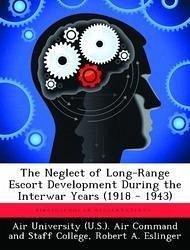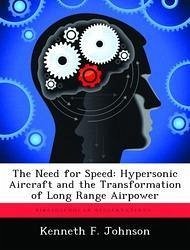
Long-Range Missiles: Complete and Happy Victory?
Versandkostenfrei!
Versandfertig in über 4 Wochen
53,99 €
inkl. MwSt.

PAYBACK Punkte
27 °P sammeln!
This thesis examines the employment of long-range missiles, such as the Tomahawk Land Attack Missile and the Army Tactical Missile System, in U.S. military operations from Operation DESERT STORM to the present. The thesis reviews long-range missile (LRM) employment at the tactical, operational, and strategic levels of war, from the perspective of the question whether LRMs enable the user to compel an enemy to give up his purpose, while minimizing harm to own forces. LRMs are evaluated as a form of indirect fire supporting maneuver, and as a method for intimidation on the Douhetan airpower mode...
This thesis examines the employment of long-range missiles, such as the Tomahawk Land Attack Missile and the Army Tactical Missile System, in U.S. military operations from Operation DESERT STORM to the present. The thesis reviews long-range missile (LRM) employment at the tactical, operational, and strategic levels of war, from the perspective of the question whether LRMs enable the user to compel an enemy to give up his purpose, while minimizing harm to own forces. LRMs are evaluated as a form of indirect fire supporting maneuver, and as a method for intimidation on the Douhetan airpower model. The principal conclusion is that, although LRMs have shown utility as a form of indirect fire to support maneuver, their primary employment has been neither to support maneuver nor to intimidate by themselves. Instead, they have been used in attritional air campaigns which, with one exception, did not seek to capitalize on the attrition inflicted with follow-on exploitation. The thesis reveals that LRM use has mainly been a form of attrition without exploitation, and reinforces current theories that exploitation should be defined and emphasized as a principle of war.












